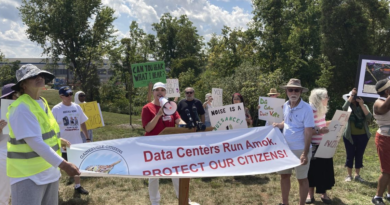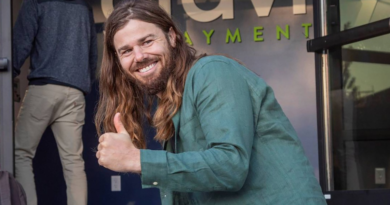New York City’s mayor just declared defeat to remote work—and war on the housing crisis. Here’s how it went down
New York City officials, led by Mayor Eric Adams, announced a plan to convert empty office buildings across the heart of its central business district into housing at a news conference on Thursday. Although parts of this plan were announced previously, and it must clear several hurdles en route to implementation, it represents the nearest thing to an admission that the scourge of remote work has spread too far to turn back now.
He admitted as much. “COVID taught us something, if we want to acknowledge it or not, we are in a different norm,” Adams said. “Everything has changed, and we have to be willing to change with it.”
Earlier in the press conference, Adams kicked off with, “we know New Yorkers are struggling, you hear it all the time, every elected [official] in this city, the number one thing they hear is housing, housing, housing. And [there’s] just not enough of it, that’s the reality of it, the demand is not meeting the need.”
Before fully diving into aspects of the plan, Adams said the city has the potential to remove barriers to create more housing, “with a proposal to rewrite zoning regulations so unused office space can become homes for New Yorkers.” He added that it was unbelievable how much empty office space is “sitting idly by,” when it can be developed into housing to address the city’s housing crisis, while also “revitalizing” business districts, given that remote work is costing Manhattan more than $12 billion a year.
With this plan, an additional 136 million square feet of office space will be eligible for residential conversions, allowing the city to create 20,000 homes and house 40,000 New Yorkers. While this is a drop in the bucket in a city of more than 8 million where the median rent for all bedrooms and property types has skyrocketed to $3,750 a month, it’s a significant departure for a mayor who swore he would return midtown to its pre-pandemic state.
The mayor’s office plans to call on the state to create a tax incentive for office to housing conversions. Another part of the plan, Adams said, is that the creation of an “office conversions accelerator,” an interagency group that will work with property owners to help speed up conversions and quickly increase the city’s supply of homes.
But converting empty offices that might not return to their pre-pandemic occupancy levels any time soon into desperately needed housing is much more complicated to actually do than you might think. Several commercial real estate executives have told Fortune as much, mostly because it doesn’t make economic sense, with one calling it a “pipe dream,” and another saying that “it’s not the slam dunk that everybody thinks it is.” At the end of the day, they said, investors want a return, and affordable housing doesn’t make that easy.
Nonetheless, aside from actually converting office spaces to housing, Adams also mentioned something he called the “Midtown South Mixed-Use Neighborhood Plan.” It will create a mixed-use community by rezoning Midtown South, an area running roughly from the low 40s to 23rd Street, given that no new housing has been allowed in the area until now, Adams explained.
New York isn’t the only city to hatch a plan in hopes of killing two birds with one stone. Last month, Boston Mayor Michelle Wu announced a residential conversion plan for downtown offices. The pilot program plans to offer the owners of “underutilized” office buildings a property tax break of up to 75% of the standard residential tax rate (which is lower than the commercial tax rate) for up to 29 years in return for converting their properties to residential homes “immediately.”



